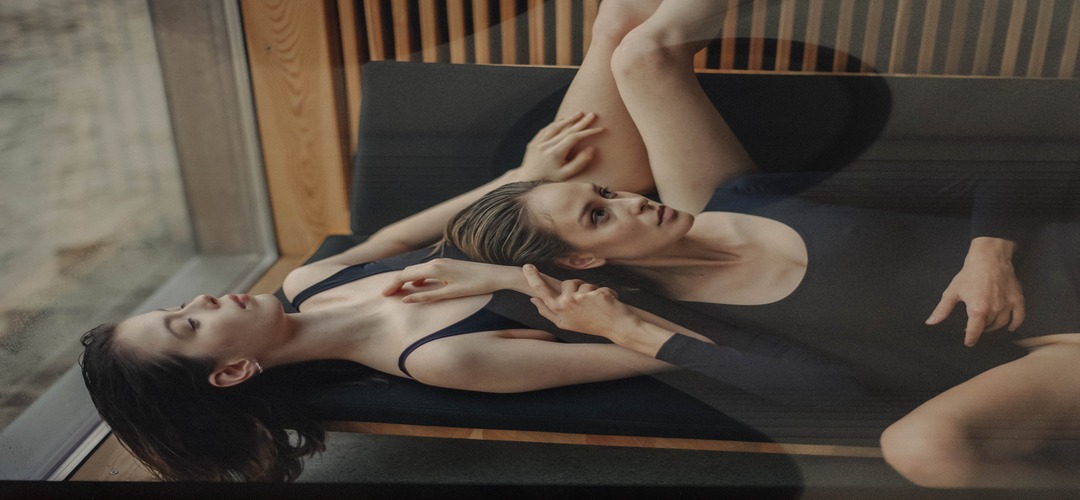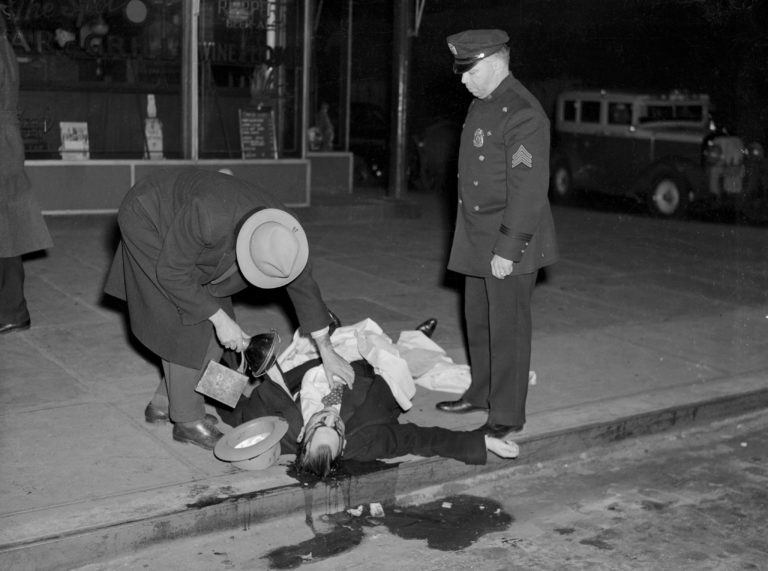
Horror stories of models on set make us quiver, as modeling is already an extremely vulnerable job. Learning of the gross injustices models have to deal with from toxic photographers only adds to our appreciation for them.
The job is not all glitz and glamour. A lot of people would be surprised to know that trying to break into the modeling industry is a lot harder than just looking good.
Seasoned models and influencers know that the modeling industry can be tough and has its dark side, too. Reading about the horrors that can happen to models, especially young girls trying to get their start in the industry, teaches lessons about what to look out for.
A toxic photographer conducts himself inappropriately
After being offered four hundred dollars for a 3-hour lingerie shoot at 19, model and reddit user rebelwithacausex made an effort to reach out to others who worked with the photographer prior to the shoot. A smart, safe move.
Many of us know that there are too many toxic photographers out there. They use their cameras as an excuse to get models vulnerable.
So, rebelwithacausex was asked to come to a hotel, where the shoot was to be shot. She also made sure to bring a male friend along to the shoot, in case things got weird.
And weird they got.
The photographer, named Jay, answered the door wearing nothing but a white robe. Even worse, he seemed to have an erection.
rebelwithacausex wrote:
“FIRST RED FLAG! HOW INAPPROPRIATE TO BE ANSWERING THE DOOR WITH A ROBE ON AND A HALF CHUB. I immediately starting having a panic attack. He greeted me and apologized for being in a robe saying he just got out the shower.”
rebelwithacausex
Gross and lewd encounters occur when models are expected to be at their most vulnerable
Jay offered her champagne, probably because she seemed nervous. The model then continued:
“…as he was taking my picture I could see his creepy boner rising. That’s when I got dressed and freaked out on him. I demanded my pay and told him he was gross and unprofessional, I felt betrayed because he told me he wasn’t like that and the models confirmed he was professional or should I say not a serial killer. I left the hotel room crying while my guy friend threatened the dude on our way out. As a woman I felt repulsed that this man was getting a boner, half naked and making advances toward me, was getting horny and was a genuine creep.”
Sexual harassment is unfortunately common among female models and influencers, especially at their most vulnerable. And even often photographers or producers are the perpetrators.
Luckily, the model made sure to spread as much information online on modeling forums about this creep as she could. And our appreciation for models telling their harrowing stories cannot be stressed enough.
My level of appreciation for models, having to deal with creeps and egomaniacs all the time just skyrocketed.
A producer’s gross affinity rears its ugly head
Model and influencer Natalia Taylor confides in her viewers about all of the ups and downs in modeling.
Being a model since the age of 12, she’s been hospitalized and severely injured during shoots, but in one video entitled “DISTURBING PHOTOSHOOT: Modeling Horror Story,” she shares what she considers her “weirdest” shoot.
She describes getting her start at the famous John Casablancas modeling school. The school hosts paid sessions where the students could pay to “get comfortable in front of the camera,” Taylor said.
Though Taylor was just starting as a fourteen-year-old, she laughs looking back at the cringe-worthy wardrobe the stylists gave her to work with.
Being uncomfortable and feeling like a fish out of water is normal for people who have no experience in front of the camera. “It gets better, ladies and gentlemen. This is where it all begins,” Taylor said.
At the beginning of the video, Natalia Taylor alludes to a scandal about infamous Nickelodeon producer Dan Schneider and his affinity for underaged girls and feet. Taylor chuckles, describing her uncomfortable experience with the photoshoot turning into what she called a “foot photoshoot.”
“This looks like this would be on the cover of a foot fetish site,” Taylor says about a photo of herself where the bottoms of her feet are shown.
Natalia Taylor tells another, even more harrowing model horror story
In another of Natalia Taylor’s videos entitled “the photoshoot I regret.- modeling horror story,” she speaks on the seriousness of sexual harassment against models.
Taylor tells the story of meeting a photographer she enjoyed working with in the past for a test photoshoot.
“You should never assume that you know who you’re working with on a personal level,” Taylor said. She explained that it was her first mistake.
Natalia Taylor was around seventeen or eighteen years old at the time, and the photographer’s suggestion to do an underwear shoot was another red flag.
“I tried my best to communicate to the photographer that I wanted these images to be portrayed in a very elegant, classy, sophisticated, high-fashion perception,” Taylor said.
She didn’t want to cross the line of making the photos pornographic. To her dismay, once she got into the studio, she noticed there was a mattress laying on the floor, which turned out to be the photographer’s full-time living space. Being younger, she was more naive.
The horror story continues…
First, she was asked to model laying on the bed. Then, the photographer brought out a leather BSDM harness, asking her to model it for his friend’s website. At the time, she did not know what it was.
“I didn’t want to cause issues, I just wanted to go with the flow.”
Natalia Taylor
Towards the end of the shoot, the photographer asked Taylor to remove her top. Taylor described idolizing the Victoria’s Secret Angels models, and even seeing a high-end photoshoot that one of them did topless.
“In my mind, the answer was clear: no.”
Natalia Taylor
Taylor explained that the photographer was using classic manipulation tactics by chipping away at the boundaries she’d tried to make clear – taking photos on the mattress, using the harness, and now taking her top off.
Taylor even went through the trouble of posing while covering herself, but that wasn’t enough for the photographer, who only snapped shots of Taylor when she exposed while switching her arms to cover herself.
“I sort of closed myself off to the world after that happened because I felt dirty, I felt unclean, I felt like something bad had happened to me.”
Natalia Taylor
Eventually, the photographer uploaded the images to his personal photography website.
Finally, Taylor makes sure that viewers understand that the photographer would not have legally had to take the photos down if she had signed a release form.
Taylor has other videos sharing horror stories about modeling, like “My agent was a predator,” and “this photographer injured me for a photoshoot. I have footage.”
Luckily, there are several videos where Taylor explains different aspects of modeling.
A modeling horror story can happen to anyone
For aspiring models, Natalia Taylor and other brave people have shared their harrowing horror stories, and their experiences should be listened to closely.
Because a horror story can happen to anyone. Photographers and producers who have power over models sometimes use that power for nefarious means.
In search of a big break, models are at their most vulnerable. But models are also some of the most courageous people walking the Earth.
Hopefully, these horror stories will give you an appreciation for what models go through to get to where they are.




/arc-anglerfish-arc2-prod-tronc.s3.amazonaws.com/public/EDLIIEWT6ZGL5KZ5UUZNEF2NJM.jpg)